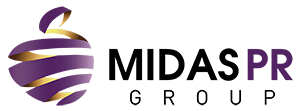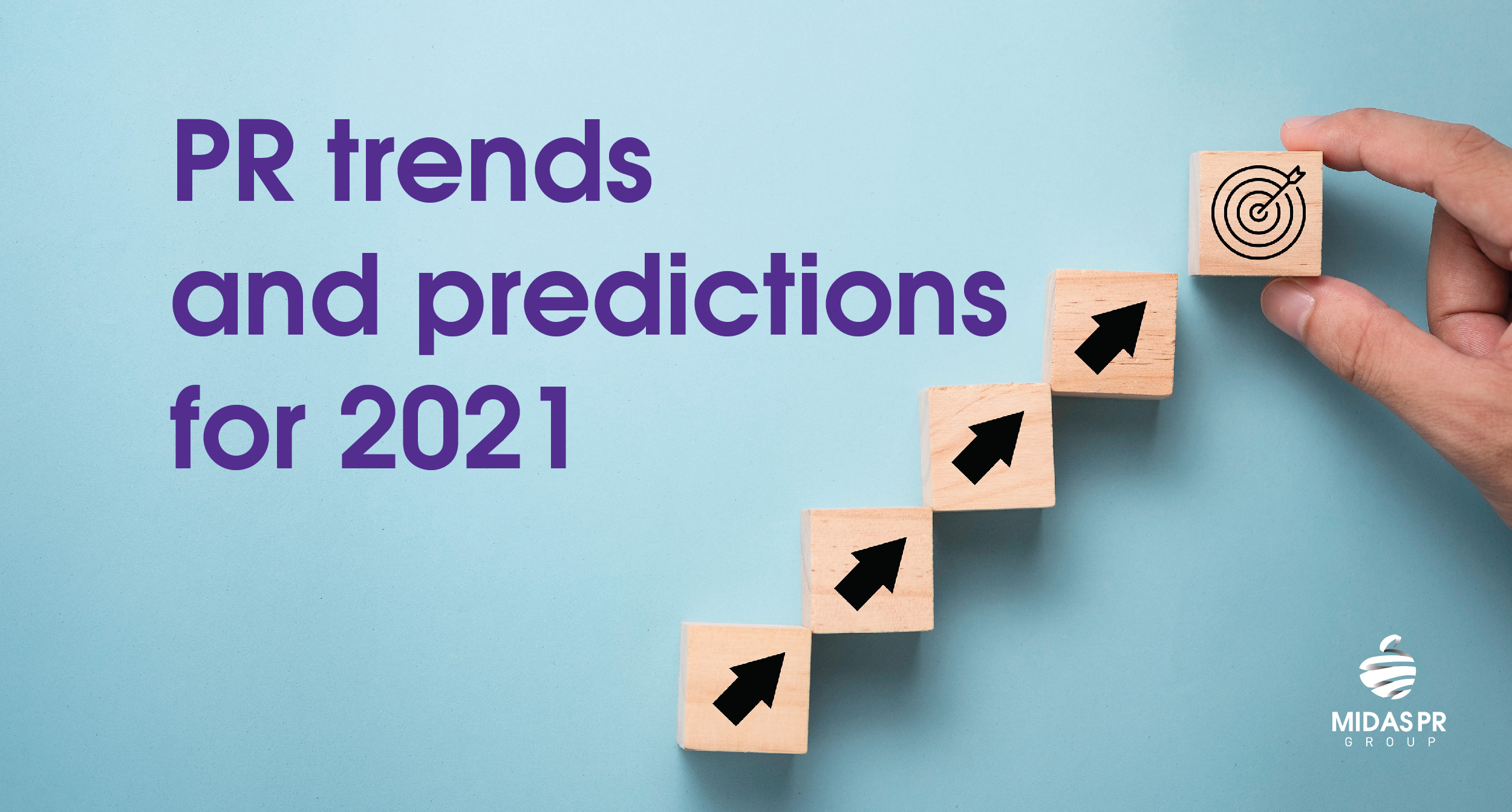Public Relations firms last year had to be consciously receptive (and highly reactive) when it came to meeting the needs of clients, as accelerating changes in communication and content consumption patterns were exacerbated. Some of these developing trends appear to be consolidating further into ’21.
PR agencies are at the leading edge of supporting businesses, in serving customer expectations, and in providing agile support and expertise enabling organizations to leverage new norms and exploit market characteristics.
#1 An appetite for diversified information sources in addition to mainstream news
More and more people are discovering their own ‘experts’ in given topics through YouTube and on independent media channels. These are not just content creators that cast about hobbies; many are finding a voice as news journalists, pundits, and industry experts, conducting interviews with respected spokespersons, and attracting strong and loyal followings.
Therefore, businesses looking to connect with customers via communications initiatives, particularly with public affairs-type comms strategies, should ask their PR team to provide recommendations for ‘pop-up’ outlets and discussion forums, in addition to traditional media partners and social media influencers.
#2 An increased need for awareness in self-censorship as platforms become stronger arbiters
Social media platforms seem to be taking a harder line with users who espouse controversy or misinformation (Trump-Twitter, Facebook-Australia), while influencers have had posts removed where they have innocuously/intentionally breached terms of service. It is incumbent on brands seeking to leverage KOLs that due diligence is done before committing to a paid post, and this is an area where your PR partner can offer expert advice to save on wasted expenditure. There are also local regulations at play, such as Thailand’s limitations on alcohol advertising, and this is particularly important for brands putting out regional comms. If in doubt, speak to your PR partner and let them do the groundwork on what’s required.
#3 Demand in response to our newly accustomed home-based way of living
With stay-at-home mandates and/or curfews affecting many countries, accelerated adoption of home shopping, home delivery eats and fully-remote workspace deployments are deeply impactful, and probably here to stay. The emergence of Coronavirus has also forced us to come to terms with the way our customer behaviors have an impact on our environment. Consumer pressure on companies that produce food and drinks packaging, for example, is driving the pursuit of a 100%-recyclable, carbon-neutral drinks container. Such a package will be made only from responsibly sourced renewable/recycled materials whilst meeting food safety requirements (read more on this item here).
#4 Increased omnipresence of future-facing tech for everything from supply chains to finance
Limitations on travel, as well as impacts on businesses and supply chains, have resulted in holdups and procedural concerns that confront operators in all sectors. Here in Asia, we’ve seen an increasingly growing appetite for innovation as a means of enabling companies to thrive and be competitive whilst serving the needs of consumers. Promising technology is being used to protect and revitalize supply chains, and similarly, blockchain, a permanent and transparent contract validation tool, is already relied upon daily by Siam Cement Group in its materials acquisition flows, and by KBank in its bonds department. New platforms, which make blockchain tech available to all sorts of enterprises, are helping businesses overcome time-intensive/labor-intensive processes, and Blockchain for Procure-to-Pay (B2P) looks set to become ubiquitous imminently.
#5 Increased need for shorter (or more flexible) contracts between client and PR agency
Businesses are under even greater pressure to manage costs, as well as to have agility in their marketing, with the ability to scale up or scale back quickly as necessary. We’ve seen a growing number of inquiries from clients seeking short-term (1, 2, or 3-month) PR support. One-month programs are cost-effective and work well with online event-based promotion, or simply to test the water before committing to a longer, more traditional one-year retainer agreement; 3-month contracts give the client the benefits of using a fully-integrated channel mix, as well as the deployment of slower-burn brand-building activities such as owned content creation, with the benefit of shorter terms. Framework agreements can also be set up for one-year contracts, offering the ultimate flexibility of ad hoc additions to the program when needed.
Speak to us today, and let’s collaborate on how we can prepare for the tribulations and opportunities that lay ahead!


